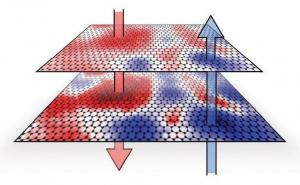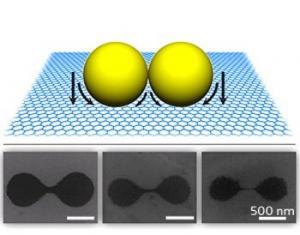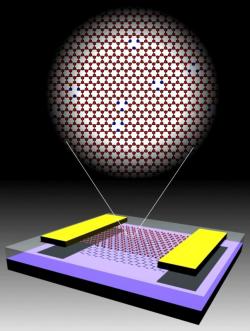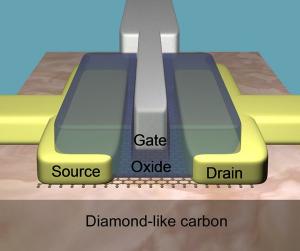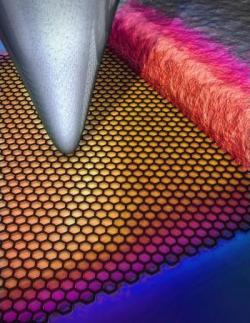NRL researchers show that graphene's valley degree of freedom can be polarized via scattering off a line defect
Researchers from the Naval Research Laboratory (NRL) shown that the valley degree of freedom in graphene can be polarized through scattering off a line defect. This makes valley-based electronics (valleytronics) one step closer to reality. Valleytronics may present a middle-ground between spintronics and electronics using the valley degree of freedom (which exists in certain crystals, including graphene).
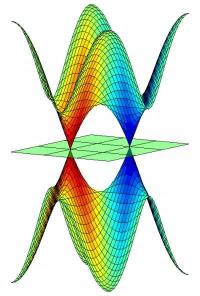
The NRL research shows that an extended line defect in graphene acts as a natural valley filter. "As the structure is already available, we are hopeful that valley-polarized currents could be generated in the near future" said Dr. Daniel Gunlycke who made the discovery together with Dr. Carter White. Both work in NRL's Chemistry Division.
